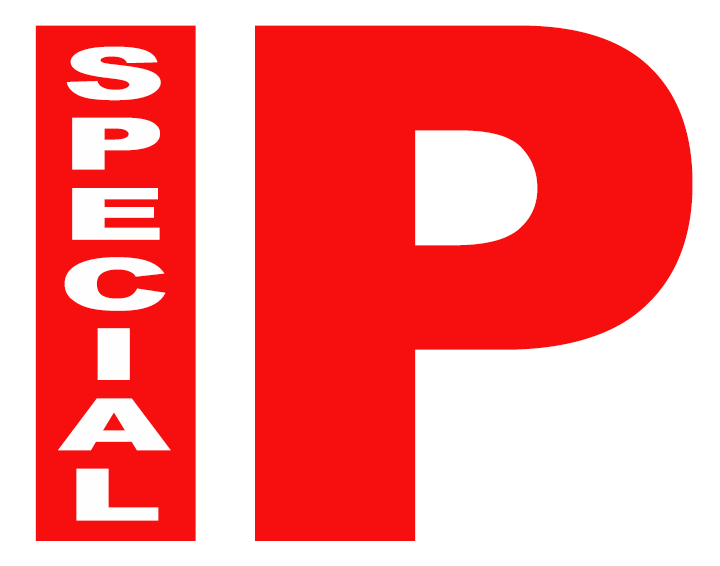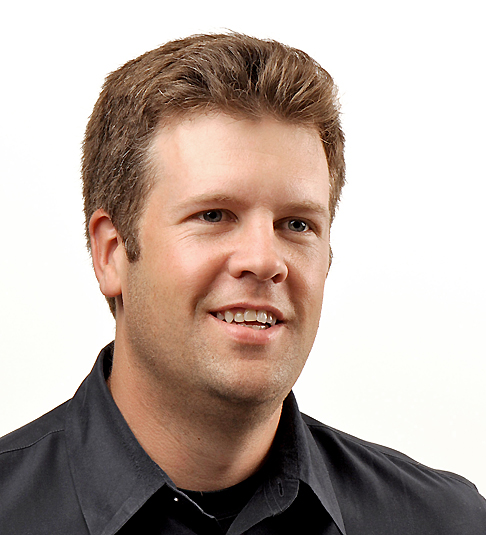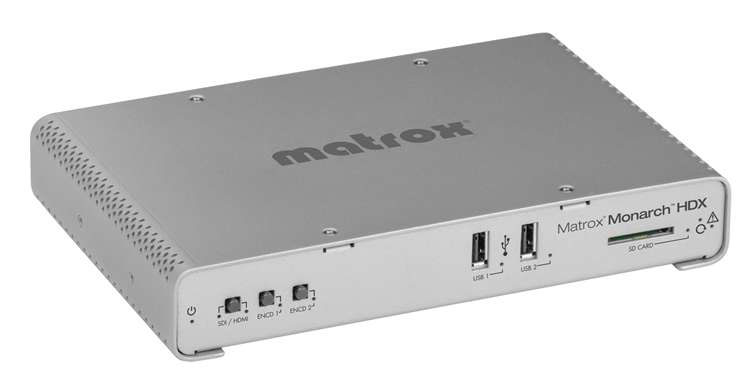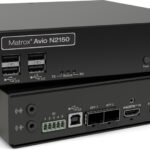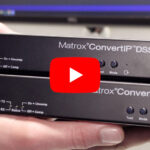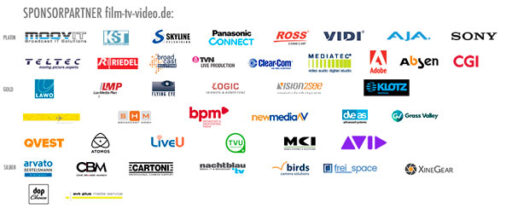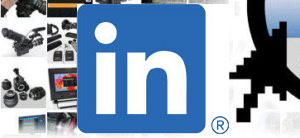IP-Special: Matrox, Dan Maloney
Dan Maloney ist Technical Marketing Manager bei Matrox, einem kanadischen Unternehmen, dessen Video-Division Interfaces, Encoder und Konverter entwickelt und an Endkunden sowie OEM-Partner vertreibt. Im folgenden finden Sie die vollständige Version seiner Antworten auf die Fragen von film-tv-video.de — in englischer Sprache.
IP for broadcast was amongst the hot topics at NAB and IBC. What is your opinion concerning this topic?
Broadcasters have been incorporating general purpose computing platforms in their operations for many years. The advantages are clear; moving away from speciality hardware has significant cost benefits. Broadcasters started experimenting with off-line processes but IT technologies have evolved to a point that it is very clear that an enterprise class data centre can be conceived to handle all the broadcast video processing tasks for live broadcasts.
Most television production is almost completely IP based already. Video content is transfered as files between islands of „on-line“ video processing equipment. Broadcasters are using standard networking hardware to move this content from point A to Point B. Standard networking hardware has reached a level of performance and affordability that it can now transfer video content as real-time, high quality streams. It now has the potential of replacing the Coax (SDI) as the prime mover of live video.
The great challenges that the data centre model faces are to ensure a responsive, reliable, scalable and high quality real-time production where factors like compression and transmission latencies still need to be optimised for many productions.
Currently the industry discusses several standards and methods in IP based production and transmission, SMPTE 2022 and AVB being amongst them. Which standard does your company support — and why?
Matrox has a long history of manufacturing technology for the broadcast, media and entertainment industries. While AVB does appear to have a number of advantages in certain markets and applications, it is the SMPTE 2022 standard that has been our focus, as it was conceived for our core market. Like most standards, it is incomplete or imperfect in a number of aspects. It does however represent the best effort to define a common technological path forward, maximising the chances of adoption by the industry.
The single greatest potential advantage of SMPTE 2022 over AVB is that fact that standard IP switches can be used to route the video, whereas native support of AVB by the majority of switch vendors has not materialised. The SMPTE standards are making it easier to move away for proprietary hardware.
Which areas of the broadcast industry will be the first to adopt and implement IP based technology?
As mentioned earlier, non-live production is virtually all IP based today but for live production, monitoring is an area that can greatly benefit from IP as it may be able to work on top of existing IP infrastructure. Routing could be next as it could be built to live side by side with existing SDI routers.
What’s your companies IP based flagship project or product?
Today, our focus is on IP workflows using H.264 compressed video. Our Monarch HDX is a dual channel H.264 encoding appliance for broadcast streaming and recording. It can be used by broadcasters to stream live video over the internet and recording H.264 files to a local network drive for archiving or VOD applications.
Our M264 hardware based multi-channel H.264 encoding coprocessor card — capable of going up to 4K resolutions— is an OEM product designed for equipment manufacturers looking to add a high number of H.264 4:2:2 10 bit encoding engines to their broadcast video product. It is ideally suited for contribution encoders or even routing applications where network bandwidth is at a premium.
Empfehlungen der Redaktion:
02.07.2015 – IP-Special: Aspera, Francois Quereuil
02.07.2015 – IP-Special: Axon, Jan Eveleens
02.07.2015 – IP-Special: Broadcast Solutions, Rainer Kampe
02.07.2015 – IP-Special: Cisco, Thomas Kernen
02.07.2015 – IP-Special: Dimetis, Joachim Kniesel
02.07.2015 – IP-Special: EVS, James Stellpflug
02.07.2015 – IP-Special: Grass Valley, Mark Hilton
02.07.2015 – IP-Special: Harmonic, Ian Trow
02.07.2015 – IP-Special: Imagine, Jochen Kuhnen
02.07.2015 – IP-Special: LSB, Axel Kern
02.07.2015 – IP-Special: Nobeo, Stefan Hoff
02.07.2015 – IP-Special: Quantel/Snell, Tim Felstead
02.07.2015 – IP-Special: Riedel, Ramon Pankert
02.07.2015 – IP-Special: SonoVTS, Stefan Krömer
02.07.2015 – IP-Special: Sony, Norbert Paquet
02.07.2015 – IP-Special: TPC, Andreas Lattmann
02.07.2015 – IP-Special: TV Skyline, Wolfgang Reeh
02.07.2015 – IP-Special: Teracue-Eyevis, Karl-Heinz Wenisch
02.07.2015 – IP-Special: Qvest Media, Daniel Url
23.04.2015 – NAB2015: Matrox H.264 Encoder
24.01.2014 – Matrox VS4Recorder: Multi-Kamera Recording-App
01.10.2013 – IBC2013: Streaming/Recording-Box Matrox Monarch
31.07.2013 – Matrox-Hardware unterstützt Media Composer 7 und Adobe CC

